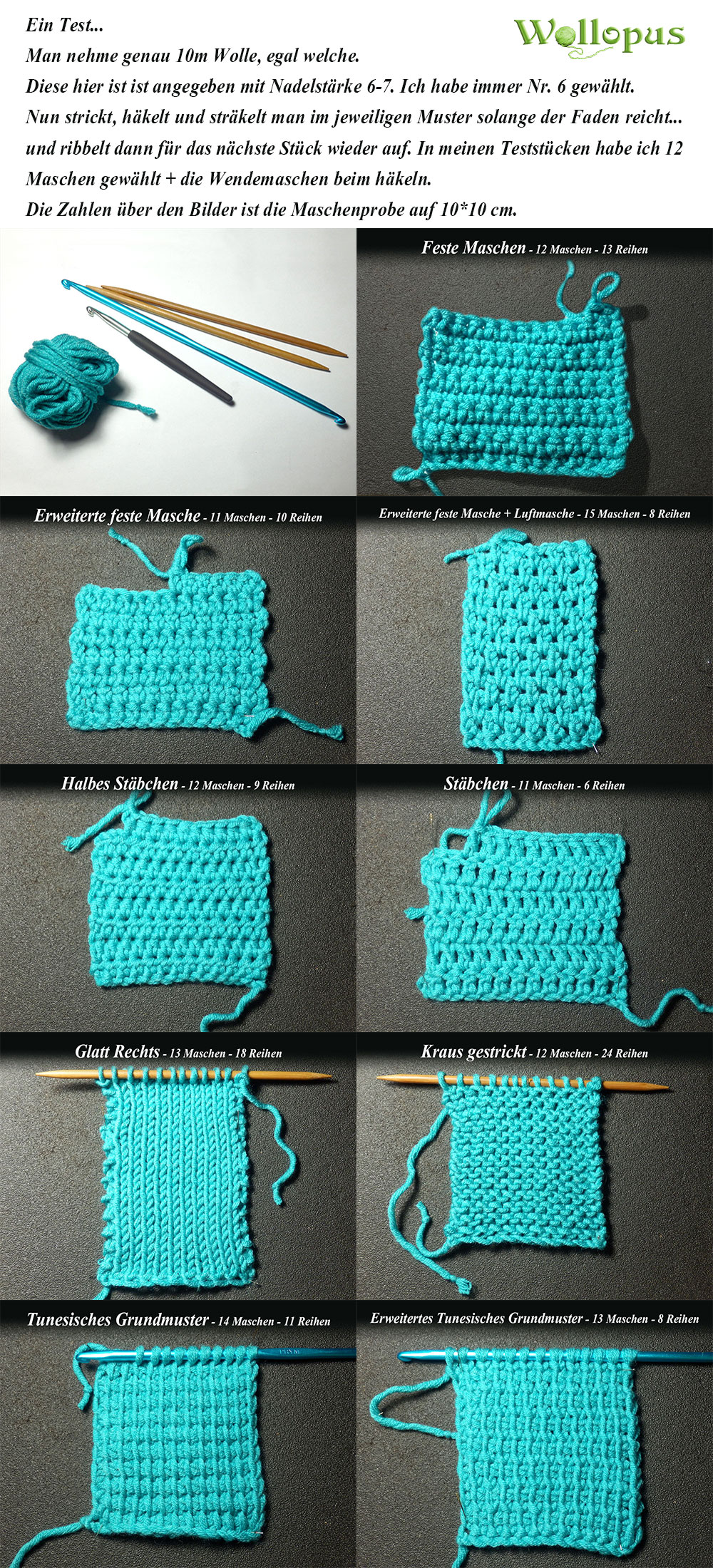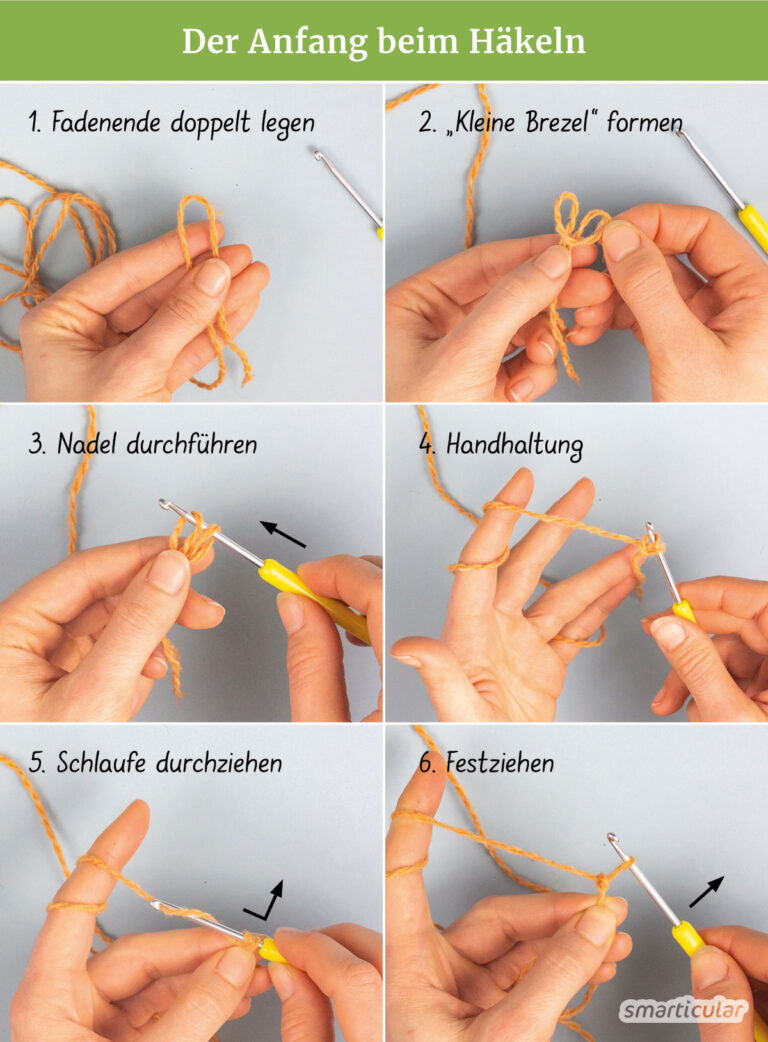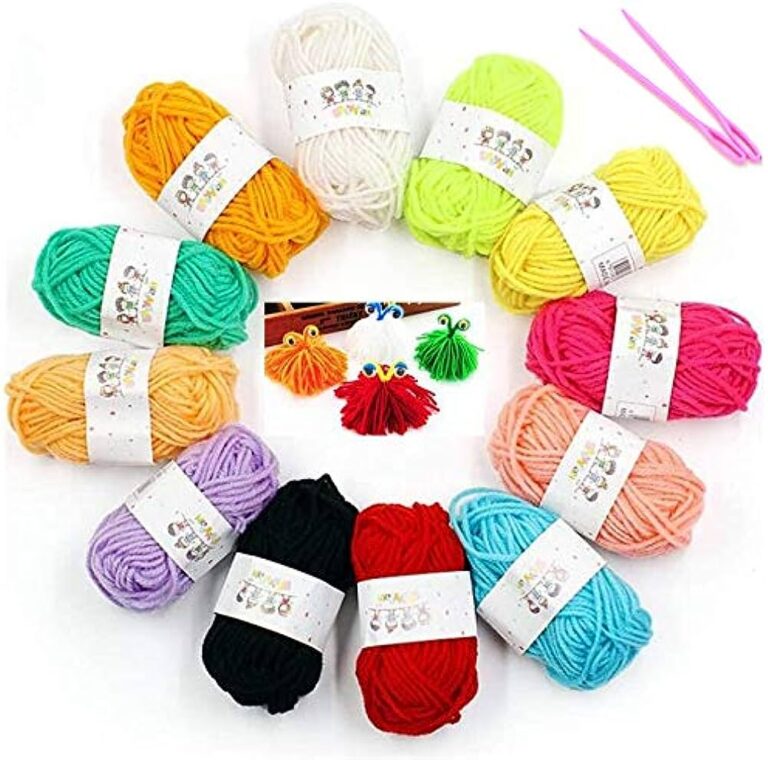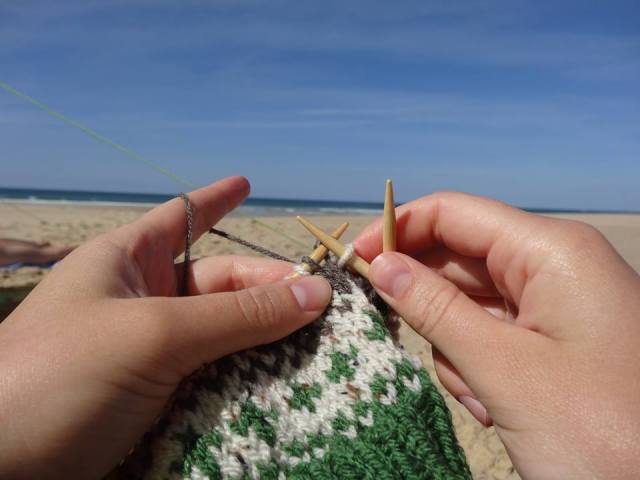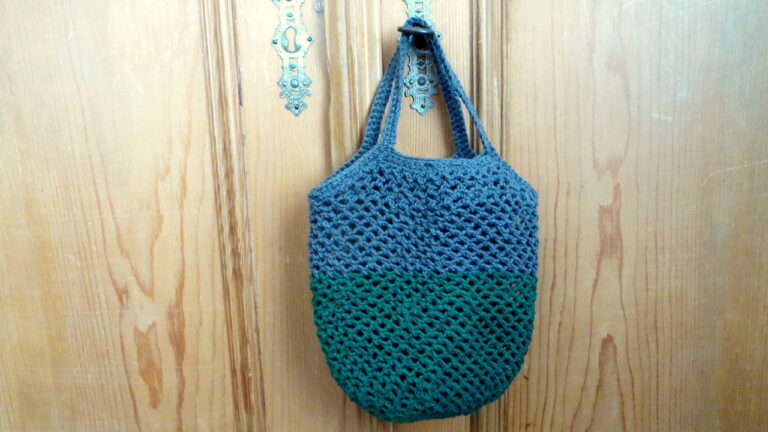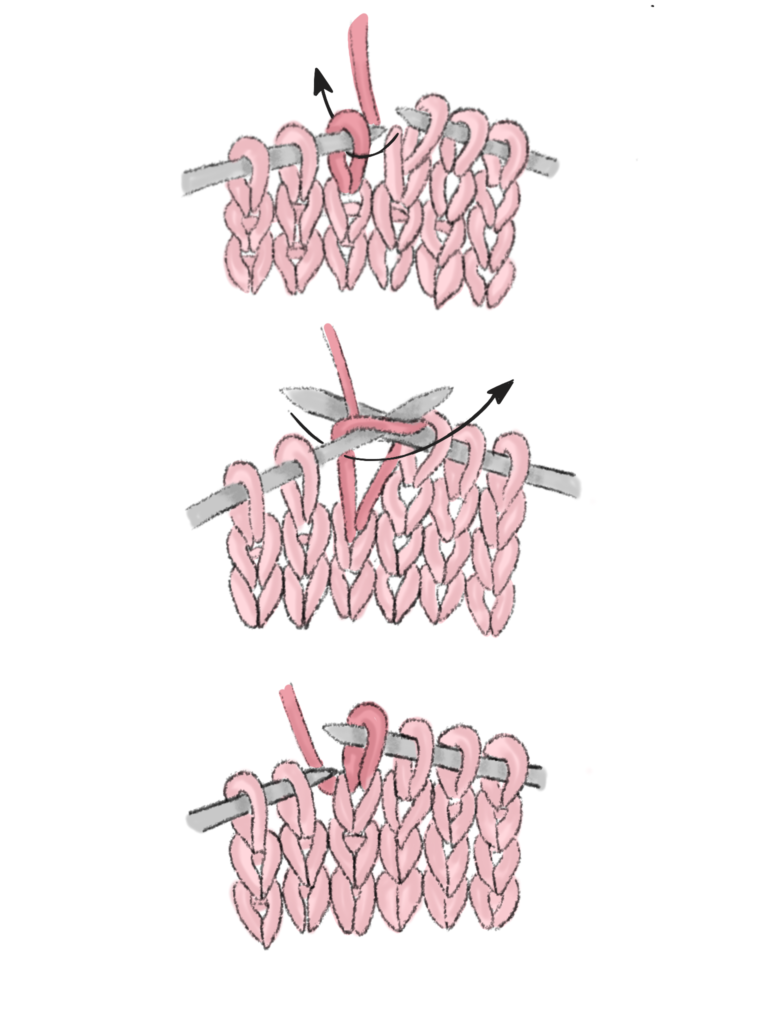Was Für Wolle Braucht Man Zum Häkeln
Are you eager to pick up the art of crochet but unsure about what type of yarn to choose? Look no further! In this article, we will explore the various types of yarn that are perfect for crochet projects. Whether you’re a beginner or an experienced crafter, understanding the different characteristics of yarn will help you create stunning and durable creations. So, let’s unravel the mystery of choosing the right yarn for your crochet endeavors!

This image is property of www.heartdeco.ch.
Choosing the Right Yarn for Crocheting
Choosing the right yarn for your crocheting projects is essential to achieve the desired results. Whether you are a beginner or an experienced crocheter, understanding the various factors to consider will help you make informed decisions. From fiber content to weight, texture, color, and durability, each aspect plays a crucial role in the overall outcome of your crochet project. Let’s explore these factors in detail to help you choose the perfect yarn for your next creation.
Consider the Fiber Content
The fiber content of the yarn is one of the most important considerations when choosing the right yarn for crocheting. Different fibers have unique properties, which can affect the drape, feel, and warmth of your finished item. The most common types of yarn fibers used in crocheting are acrylic, cotton, wool, bamboo, and alpaca.
Weight and Thickness Matter
Another crucial factor to consider when choosing yarn for crocheting is the weight and thickness of the yarn. Yarns come in various weights, ranging from super fine to super bulky, and each weight is suitable for different projects. The weight of the yarn determines the size of the crochet hook you should use, as well as the overall look and feel of the finished piece.
Choose a Yarn with Suitable Texture
Texture plays an important role in adding visual interest to your crochet projects. Consider the type of texture you want to achieve and choose a yarn accordingly. Smooth yarns create a clean and uniform look, while textured yarns add dimension and depth. The texture of the yarn can enhance the overall appearance and feel of your crocheted item.
Consider the Color and Dye Lot
Color is another important aspect to consider when selecting yarn for crocheting. The right color can bring a project to life and complement your personal style. Consider the project you are working on and the desired look you want to achieve. Experimenting with color combinations can also add a unique touch to your crocheted items. Additionally, pay attention to the dye lot of the yarn to ensure consistency in color throughout your project.
Assess the Durability and Care Instructions
Before finalizing your yarn choice, it is important to consider the durability and care instructions of the yarn. Some yarns may be more suitable for delicate items that require gentle washing, while others may be more durable and machine washable. Assessing the durability and care instructions will ensure that your crocheted items can withstand the test of time and maintain their quality.
Common Types of Yarn for Crocheting
Now that we have explored the factors to consider when choosing yarn for crocheting, let’s take a closer look at the most common types of yarn available. Each type of yarn has its unique qualities, making it suitable for specific projects and desired outcomes.
Acrylic Yarn
Acrylic yarn is a popular choice among crocheters due to its affordability and wide variety of colors. It is a synthetic yarn made from acrylic fibers, which makes it machine washable and durable. Acrylic yarn is great for beginners as it is easy to work with and forgiving if mistakes are made. It is also an excellent choice for projects that require vibrant colors and good stitch definition.
Cotton Yarn
Cotton yarn is a natural fiber choice that offers breathability and softness. It is a versatile yarn that is suitable for a wide range of projects, including garments, home decor, and baby items. Cotton yarn is known for its ability to absorb moisture, making it ideal for warm weather garments. It is available in various weights and colors, allowing for endless creative possibilities.
Wool Yarn
Wool yarn is a classic choice for crocheting due to its natural warmth and insulation properties. It is a popular choice for winter accessories, such as hats, scarves, and sweaters. Wool yarn comes in different varieties, including merino, alpaca, and cashmere, each with its own unique characteristics. It is important to pay attention to the care instructions of wool yarn, as some varieties may require gentle hand washing to maintain their shape and softness.
Bamboo Yarn
Bamboo yarn is a sustainable and eco-friendly choice for crocheting. It is made from bamboo fibers, which have natural antibacterial properties and excellent moisture-wicking abilities. Bamboo yarn is known for its softness and drape, making it suitable for lightweight and breathable projects. It is also hypoallergenic, making it a great choice for those with sensitive skin.
Alpaca Yarn
Alpaca yarn is prized for its luxurious softness and warmth. It is made from the fibers of alpaca animals, which are native to the Andes Mountains of South America. Alpaca yarn is lightweight, hypoallergenic, and known for its excellent insulation properties. It is a great choice for projects that require warmth without added bulk, such as shawls, blankets, and cozy accessories.
Determining the Weight of Yarn
Understanding yarn weight is crucial when selecting the appropriate yarn for your crochet projects. Yarn weights are categorized based on their thickness, which determines the size of the crochet hook you should use and the overall look and feel of the finished item. Let’s delve deeper into understanding yarn weight categories and how to measure yarn weight accurately.
Understanding Yarn Weight Categories
Yarn weight categories are standardized to provide guidance on the thickness and recommended crochet hook size for each weight. The categorization ranges from super fine to super bulky, with each category having its own characteristics and recommended uses. Familiarizing yourself with the yarn weight categories will help you choose the right weight for your project.
How to Measure Yarn Weight
Measuring yarn weight accurately is essential to ensure consistency in your crochet projects. The weight of a yarn is typically measured in grams or ounces and can be found on the yarn label. Additionally, yarn weight can be determined by the wraps per inch (WPI) method. This involves wrapping the yarn around a ruler or measuring tape to determine the number of wraps in one inch. By understanding how to measure yarn weight, you can choose the appropriate weight for your project and achieve the desired results.
Choosing the Right Weight for Your Project
Choosing the right weight of yarn depends on the project you are working on and the desired outcome. Projects that require delicate and lightweight items, such as lace shawls or baby garments, would benefit from using a super fine or fine weight yarn. On the other hand, projects that require warmth and thickness, such as blankets and winter accessories, would require a heavier weight yarn, such as bulky or super bulky. Consider the characteristics of each weight category and match it to the needs of your project for optimal results.
Choosing the Right Yarn Color
The color of your yarn can greatly impact the overall look and feel of your crocheted project. Whether you want a vibrant and eye-catching piece or a subtle and elegant creation, considering the right yarn color is essential. Let’s explore some factors to consider when choosing the perfect yarn color for your next crocheting adventure.
Consider the Project and Desired Look
The first step in choosing the right yarn color is to consider the project you are working on and the desired look you want to achieve. Different projects may require different color schemes, depending on their purpose and intended audience. For example, if you are crocheting a baby blanket, you may opt for soft pastel colors, whereas a statement piece like a scarf or shawl could benefit from bold and contrasting colors.
Experiment with Color Combinations
Crocheting offers endless possibilities for experimenting with color combinations. You can create beautiful gradients, use variegated yarns, or mix and match solid colors to add depth and visual interest to your projects. Consider using a color wheel or color theory principles to guide you in finding complementary or harmonious color combinations. Don’t be afraid to get creative and have fun with color!
Consider the Recipient’s Preferences
If you are crocheting a gift for someone, considering their color preferences is a thoughtful gesture. Pay attention to their favorite colors or the colors that suit them best. Taking the recipient’s preferences into account will ensure that the finished item is appreciated and loved.
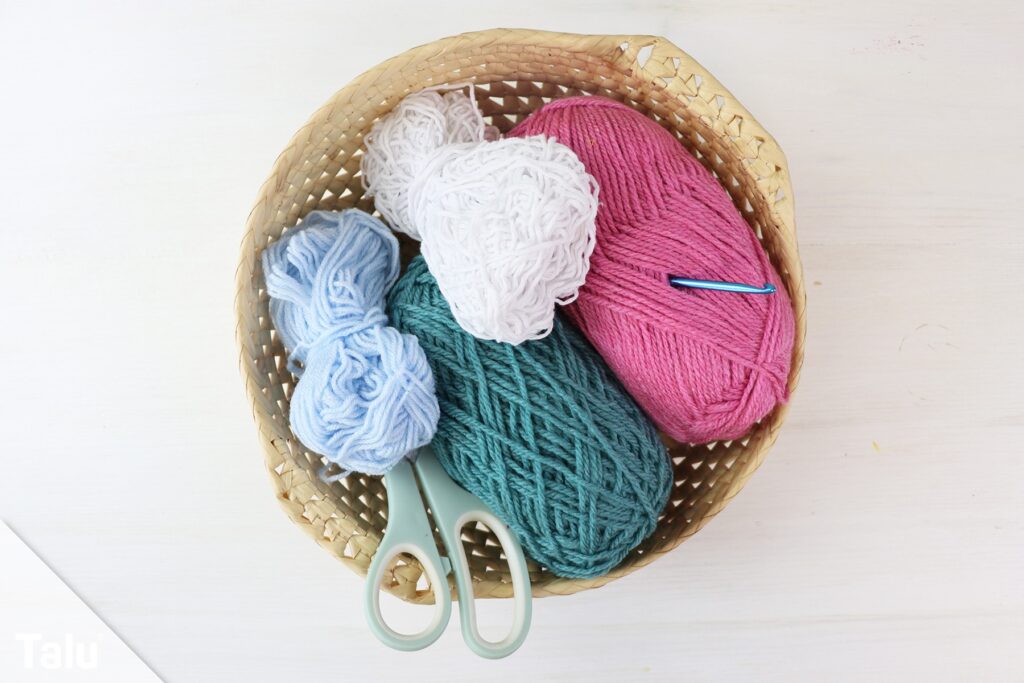
This image is property of www.talu.de.
Evaluating Yarn Texture and Softness
The texture and softness of the yarn you choose can greatly enhance the overall appearance and comfort of your crocheted items. Whether you are aiming for a smooth and sleek finish or a textured and cozy feel, understanding yarn texture is crucial. Let’s explore some factors to consider when evaluating yarn texture and softness.
Consider the Project Type and Texture
The type of project you are working on will dictate the desired texture of the yarn. For example, if you are crocheting a lacy shawl or a delicate doily, you may prefer a smoother and silkier yarn to showcase the intricate stitch work. On the other hand, if you are creating a warm and cozy blanket or a chunky scarf, a more textured yarn would provide that extra coziness and visual interest.
Differentiate between Smooth and Textured Yarns
Smooth yarns have a sleek and consistent appearance, with minimal texture or variation. They are great for achieving clean stitch definition and a polished finished look. Textured yarns, on the other hand, have built-in variations, bumps, or nubs that add dimension and interest to your crochet projects. Depending on the desired outcome, you can choose yarns that range from smooth to highly textured.
Assess the Softness and Comfort
The softness and comfort of the finished item are important considerations, especially if the item will be worn or used directly against the skin. Consider the fiber content and construction of the yarn to determine its softness and comfort level. Yarns made from natural fibers, such as cotton or alpaca, tend to be softer and more comfortable against the skin. Additionally, consider the thickness and drape of the yarn, as these factors will also contribute to the overall feel of the finished item.
Understanding Yarn Labels and Care Instructions
Reading and understanding yarn labels is essential for choosing the right yarn and properly caring for your crocheted items. Yarn labels provide valuable information about the fiber content, weight, yardage, and care instructions. Let’s dive into some tips for decoding yarn labels and making informed decisions.
Decode the Yarn Label
Yarn labels may seem overwhelming at first, but they contain valuable information that will help you choose the right yarn for your project. Key pieces of information to look for include the fiber content, yarn weight, yardage, recommended knitting needle or crochet hook size, and gauge. By understanding these components, you can ensure that the yarn meets your requirements and will work well for your intended project.
Pay Attention to Care Instructions
Proper care is essential for maintaining the beauty and longevity of your crocheted items. Yarn labels provide important care instructions that should be followed to avoid damage or shrinking. Pay attention to recommended washing temperatures, drying methods, and any additional care considerations, such as avoiding direct sunlight or using a specific type of detergent.
Consider the Longevity and Maintenance of the Yarn
When choosing yarn, it is also important to consider the longevity and maintenance requirements of the yarn. Some yarns may be more prone to pilling or fading over time, while others may hold up better with proper care. Consider the intended use of the item and its longevity requirements to choose yarn that will stand the test of time.
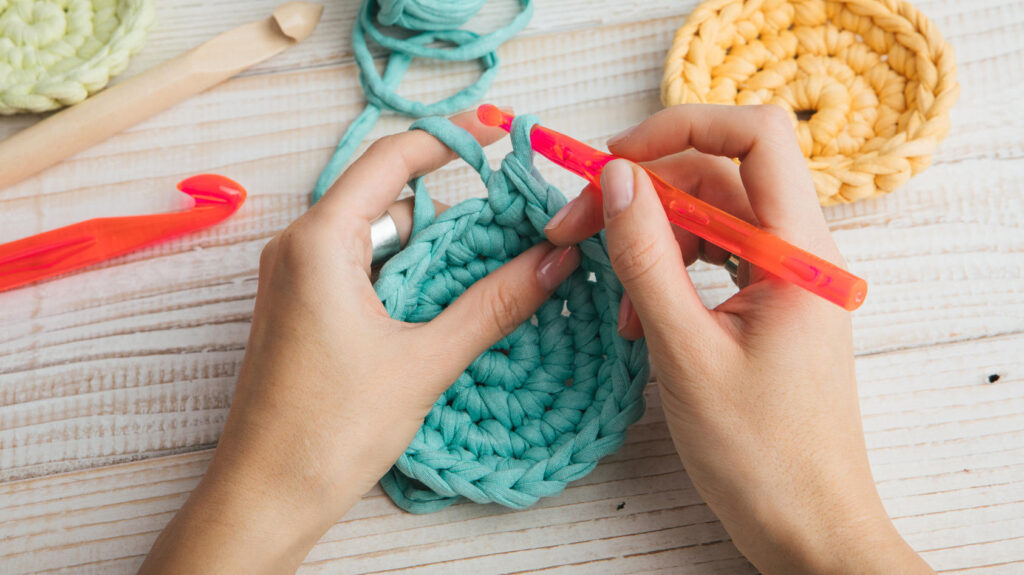
This image is property of ais-akamai.rtl.de.
Considering Environmental Factors
In this age of increased awareness about the environment, considering eco-friendly yarn options is becoming more important for many crocheters. Let’s explore some factors to consider when choosing yarns that are sustainable and eco-friendly.
Explore Sustainable and Eco-friendly Yarn Options
Sustainable and eco-friendly yarn options are becoming more readily available as the demand for environmentally conscious products grows. Look for yarns that are made from natural or organic fibers, and consider those that are certified as sustainable or ethically sourced. Many manufacturers now offer yarns that are produced with minimal impact on the environment, using renewable energy sources and responsible manufacturing practices.
Choose Yarns Made from Natural Fibers
Yarns made from natural fibers, such as cotton, bamboo, or hemp, are generally more eco-friendly than synthetic yarns. Natural fibers are biodegradable, renewable, and have a lower impact on the environment during production. By choosing yarns made from natural fibers, you can reduce your carbon footprint and support sustainable practices.
Avoid Harmful Chemicals and Processes
Some yarn manufacturing processes involve the use of harmful chemicals or dyes that can damage the environment. Look for yarns that are produced using low-impact dyes or natural dyeing methods. Avoid yarns that contain harmful chemicals or are processed using methods that contribute to pollution or waste.
Budget-Friendly Yarn Options
Crocheting can be a rewarding hobby, but it doesn’t have to break the bank. If you are looking for budget-friendly yarn options, here are some tips to help you create beautiful creations without overspending.
Explore Affordable Yarn Brands
Numerous affordable yarn brands offer quality yarn at a lower price point. These brands may not have the same prestige as higher-end options but can still provide excellent results for your projects. Do some research and explore the range of affordable yarn brands available, keeping in mind your project requirements and budget.
Consider Yarn Sales and Discounts
Keep an eye out for yarn sales and discounts, both online and at local craft stores. Many retailers offer regular promotions or clearance sales, allowing you to snag quality yarn at discounted prices. Be patient and wait for the right opportunity to stock up on your favorite yarns without breaking your budget.
Make the Most of Yarn Scraps and Leftovers
Utilizing yarn scraps and leftovers is a great way to save money and reduce waste. Instead of buying full skeins for small projects that require small amounts of yarn, use leftover yarn from previous projects to create unique and colorful designs. You can also consider joining yarn swap communities or participating in yarn exchanges to trade or receive yarn scraps from fellow crafters.
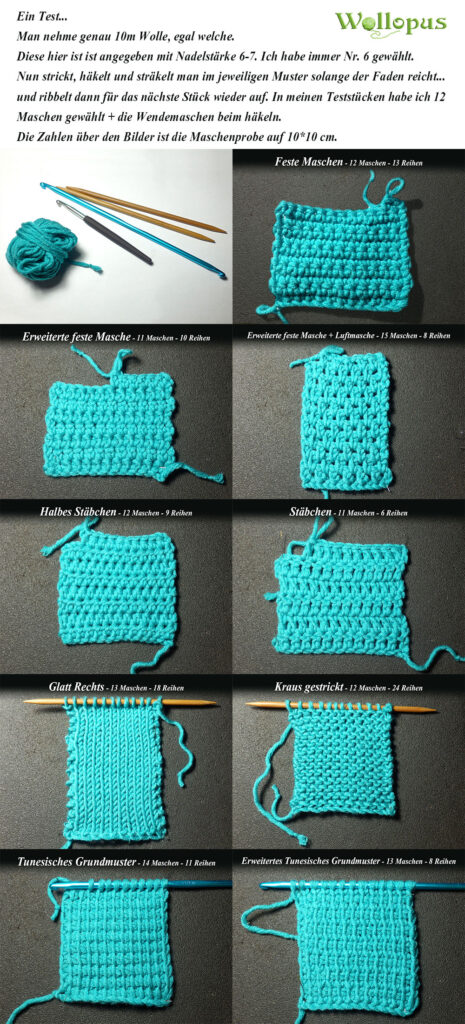
This image is property of www.wollopus.de.
Specialty Yarns for Unique Projects
Sometimes you may want to create something truly unique and eye-catching. Specialty yarns offer a wide range of options for adding extra flair to your crochet projects. Let’s explore some specialty yarn options for those who want to explore beyond the traditional.
Explore Novelty and Specialty Yarns
Novelty and specialty yarns come in various textures, fibers, and colors, allowing you to create one-of-a-kind pieces. From yarns with sequins or beads to those with feathers or ribbons incorporated, specialty yarns can add a touch of whimsy or elegance to your projects. Have fun experimenting with different textures and incorporating them into your creations.
Consider Metallic, Sparkly, or Glitter Yarns
If you want to add a touch of glamour and shine to your crochet projects, consider using metallic, sparkly, or glitter yarns. These yarns contain fine metallic threads or sparkling fibers that catch the light and add a touch of elegance to any project. They can be used to create stunning accessories, embellishments, or even entire garments for special occasions.
Experiment with Gradient or Variegated Yarns
Gradient or variegated yarns offer a stunning array of colors that transition seamlessly throughout the skein. They are perfect for creating eye-catching garments, shawls, or scarves without the need for color changes or complex stitch patterns. Let the yarn do the work for you and create beautiful color gradients effortlessly.
Care Tips for Crocheted Items
Proper care and maintenance of your crocheted items are essential to ensure their longevity and keep them looking their best. Here are some care tips to help you maintain your creations for years to come.
Follow the Care Instructions for the Yarn Used
When caring for your crocheted items, it is important to follow the care instructions provided on the yarn label. Different fibers and yarn blends require different care methods. Some yarns may be machine washable, while others may require hand washing. Pay attention to recommended washing temperatures, drying methods, and any other specific instructions.
Properly Store Crocheted Items
To keep your crocheted items in the best condition possible, proper storage is key. Fold or roll your items instead of hanging them to avoid stretching or distorting the shape. Store them in a cool, dry place away from direct sunlight to prevent fading. If necessary, use acid-free tissue paper to help protect delicate fibers or dyes.
Repair and Maintain Crocheted Pieces
Over time, crocheted items may experience wear and tear or minor damage. If you notice any loose stitches or small holes, take the time to repair them to prevent further damage. Keep a stash of extra yarn in the same color or a matching color to make repairs easier. Regularly inspect your crocheted items and address any issues promptly to ensure their longevity.
By following these care tips, you can enjoy your crocheted items for years to come and share them with loved ones.
In conclusion, choosing the right yarn for crocheting involves considering factors such as fiber content, weight, texture, color, durability, and care instructions. By understanding these factors and exploring the various types of yarn available, you can make informed decisions that will result in beautiful and long-lasting crochet projects. Whether you opt for acrylic, cotton, wool, bamboo, alpaca, or specialty yarns, each choice brings its own unique qualities to enhance your creations. So, grab your crochet hook, dive into the world of yarn, and let your creativity flourish!
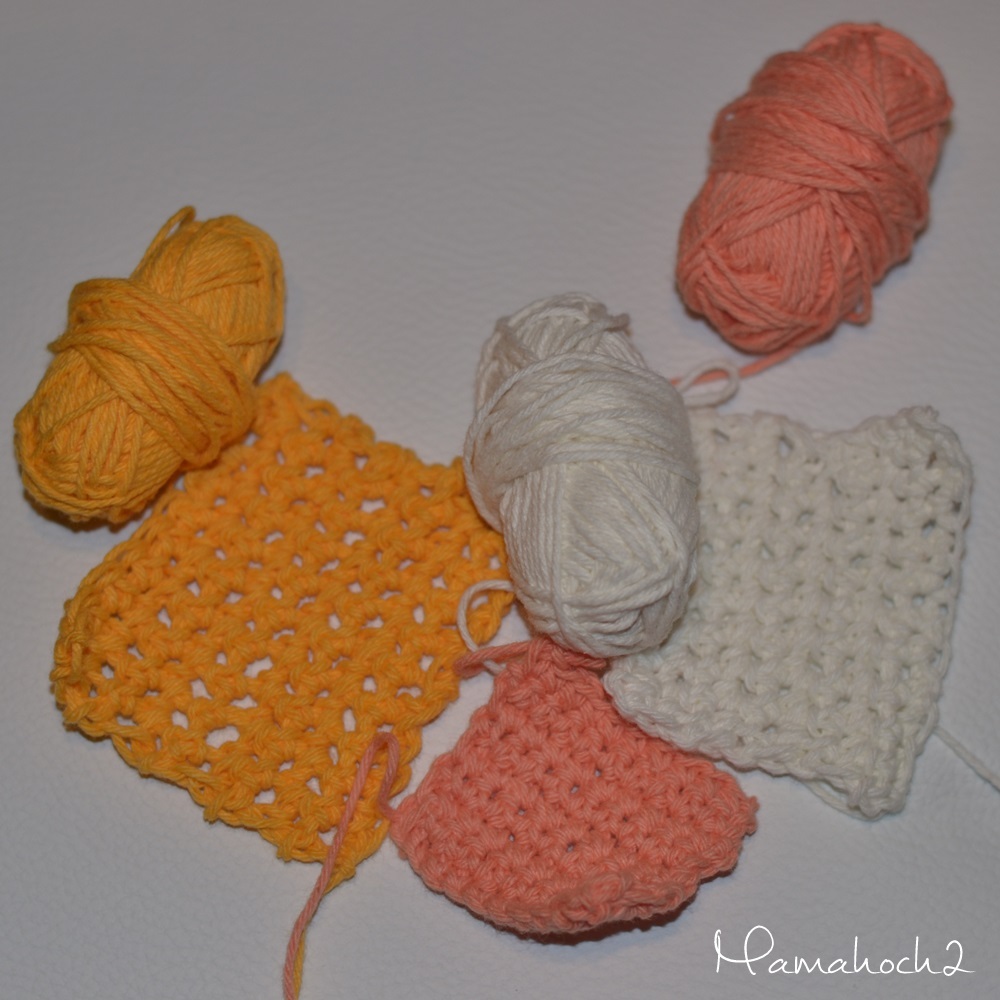
This image is property of www.mamahoch2.de.
